NSW bushfires: State not ready as fire season looms
Jon Concannon remembers when the horizon turned red as a wall of fire advanced towards his home in Coolagolite on New Year’s Eve in 2019.
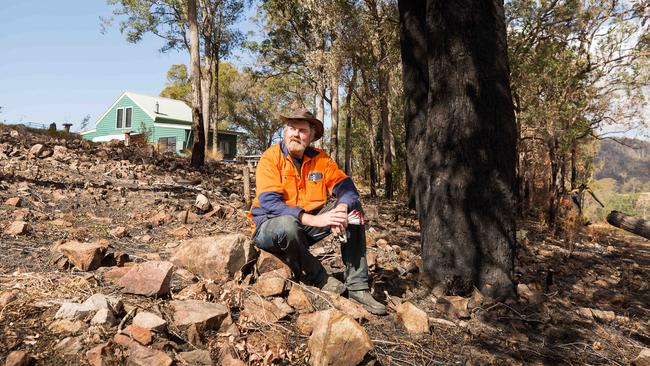
Jon Concannon remembers when the horizon turned red as a wall of fire advanced towards his home in Coolagolite in southern NSW on New Year’s Eve in 2019, the blaze emitting a deafening roar as it devoured everything in its path.
“The fire was swallowing grass, it was creating its own wind, it was creating its own storm,” said Mr Concannon, a former actor who starred on soap opera A Country Practice. “There was nothing you could have done about it and that’s why a lot of people just lost their places because they couldn’t do anything.”
Then the wind changed, the chance arrival of the north-easterly stopping the fire in its tracks as the world turned yellow and a deep silence descended over the valley.
“There was smoke everywhere and you just couldn’t see,” said Mr Concannon. “All I knew was that it had just gone to this stillness. It was ominous, it was like ‘what the hell does this mean?’ Because I don’t know. No one does.”
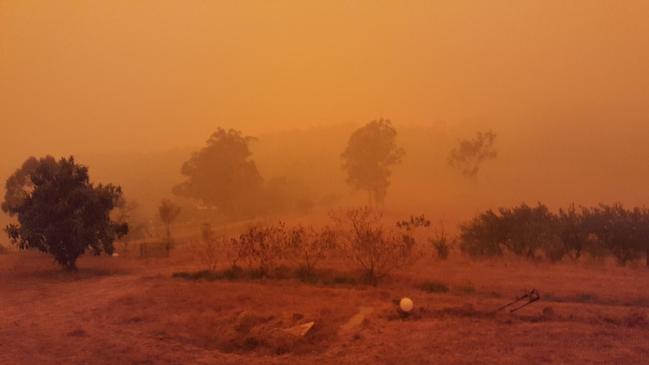
The forests around bushfire-ravaged communities along the NSW south coast are thick with young black wattle and eucalyptus trees while the grass in paddocks is turning yellow as the weather becomes hotter and drier.
Only about a quarter of hazard reduction planned in the state by the NSW Rural Fire Service was completed last financial year due to severe flooding and prolonged wet weather caused by three consecutive La Nina events over the past two-years.
The Badja Forest fire was ignited by lightning on December 27 in 2019 near the Snowy Mountains town of Cooma before travelling about 70km southeast to the Bega Valley Shire village of Cobargo on New Year’s Eve.
The devastating blaze was the deadliest of all the Black Summer bushfires, killing seven people including Wandella dairy farmer Robert Salway and his son Patrick, Richard Steele, Colin Burns, John Smith, Ross Rixon and Michael Clarke.
Fire-resistant agapanthus line the perimeter of retired forester Bruce Leaver’s home in Coolagolite and burn marks left from the embers spat out by the Badja Forest fire remain on the awning of his house.
Mr Leaver spent decades working in bushfire suppression and has cleared his own land, as well as clearing leaves from gutters and checking sprinklers will work and keep his property damp if flames again lick his doorstep.
He said the danger this summer would come from grass fires instead of forest and whether an area had been controlled burned did not entirely eliminate the risk of bushfire.
“The area covered by the Cobargo fire had been extensively control burned in the years preceding it,” he said.
“In the words of the manager I spoke to about it, it ‘made bugger all difference’.
“Now it (control burning) does make a difference. Commonsense tells you if you reduce the fuel you’ll have less intensity. But at those scales the intensity is still murderous, and if you think you’re safe – you’re not.”
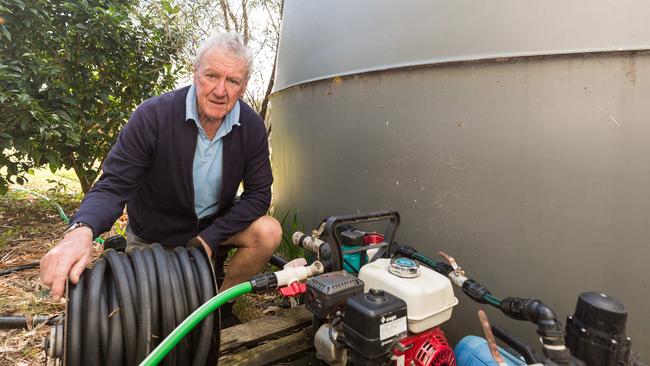
About 847 houses were lost across the Bega Valley and Eurobodalla shires during the Black Summer bushfires in 2019 and 2020 and there are fears NSW isn’t prepared for the coming summer after heavy rains thwarted hazard reduction efforts.
A NSW Rural Fire Service spokesman said fire agencies and land managers had conducted 43 hazard reduction burns and treated 6773 hectares in the Bega Valley and Eurobodalla shires, focusing on areas that didn’t burn during the 2019 and 2020 season.
Since 2020, retirees and workers from the cities, mainly Canberra and Sydney, have flooded the south coast along with new age influencers priced out of the hipster mecca of Byron Bay.
Locals who witnessed the savagery of the 2019 and 2020 fires are uneasy about how ill-prepared their new neighbours are for the coming summer and the reality of defending their properties.
A NSW RFS spokesman said it remained the responsibility of landholders to prepare and reduce fuel loads on their properties. “It is every landholder’s responsibility to manage the bush fire hazards on their property,” he said.
Authorities are not expecting a repeat of the 2019 and 2020 fire season and the risk this summer lies in the build-up of fine fuels, such as grass, instead of trees.
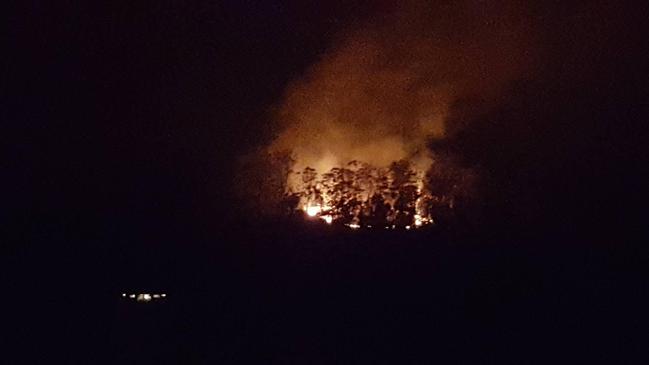
Up the road from Mr Leaver in Coolagolite, Mr Concannon has been preparing his property for the looming fire season, cutting and burning away a tangle of grass and vines.
“It’s hard work and there’s not people to do it for you,” he said.
NSW Emergency Services Minister Jihad Dib said preparing for the fire season was a responsibility shared by all community members and it was important residents in bushfire-prone areas started preparing now.


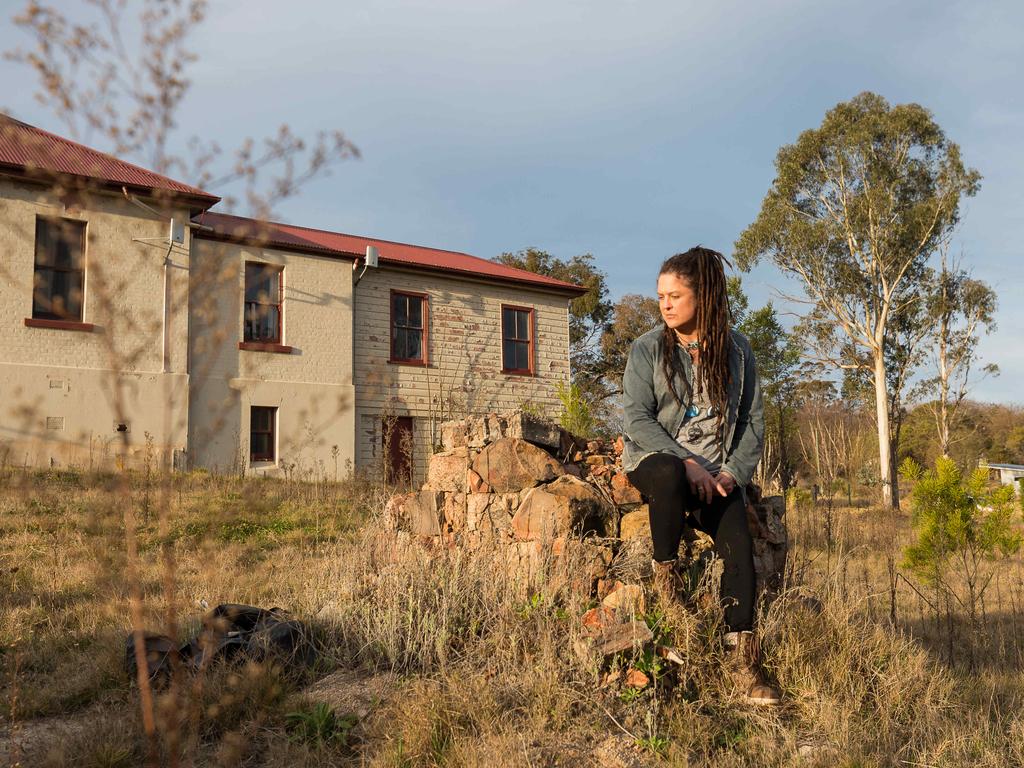



To join the conversation, please log in. Don't have an account? Register
Join the conversation, you are commenting as Logout